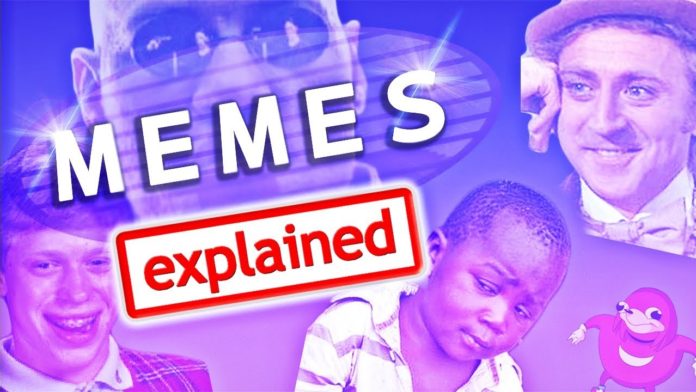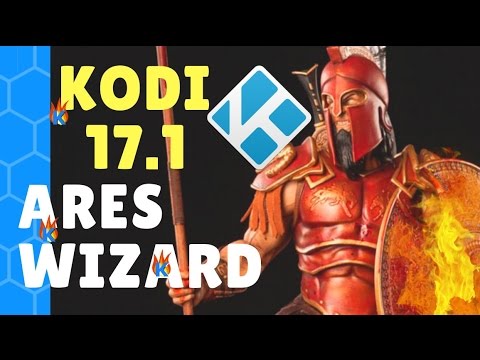In the event that you’ve utilized the web for in excess of a couple of days, you’ve probably observed a meme. What is a meme? They’ve turned into an integral part of present-day online life. Yet, where did they get their start? How have they developed? And where did “meme” originate from, anyway?
You may be surprised to realize that the word meme didn’t originate on the web. In fact, author Richard Dawkins first utilized the word in his 1976 work The Selfish Gene. The book took a gander at development and utilized a meme to portray an idea or behavior that spreads across individuals in a culture.
Table of Contents
Where Did the Word “Meme” Come From?
The principal published case of the word meme (articulated “Meem,” not me-me), dates back to Richard Dawkins’ 1976 book, The Selfish Gene. Dawkins alluded to it as a “Mimeme”— a word got from Greek that means “that which is imitated.” The word was then abbreviated to only “meme” because of its similarity to “quality.”
Dawkins instituted the term because he was endeavoring to make sense of whether there was a measurable unit depicting how ideas spread and propagated through generations. In this way, put essentially, a meme is to an idea what a quality is to a physical trait. And much like how qualities and physical traits advance through natural determination, Dawkins trusted that anything capable of experiencing development—like memes and ideas—also did as such through natural choice.
This is the place the advanced type of “meme” is determined—the idea of the replication, determination, and development of ideas all working themselves out in the greatest demonstrating ground of ideas ever—the web.
Were memes present before the internet?
Memes are present long before the internet existed. In fact, they have been around since before Dawkins authored the term, appearing as early as 79 AD in a Pompeii ruin and as late as the 1970s, in graffiti.
The Sator Square is a palindrome of the five words “SATOR AREPO TENET OPERA ROTAS”— one over the following. You can read toward any path (assuming you read Latin), including upside down and backward. Although no one knows without a doubt what it means, it has appeared throughout the hundreds of years in various societies all over the world, including France, England, Syria, and Italy.
Frodo Baggins, the fictional character of J.R.R Tolkien’s The Lord of the Rings set of three, also became part of a meme. The phrase “Frodo Lives” was plastered all over in graffiti, catches, and even bumper stickers on cars. It was as often as possible utilized by individuals who felt that Frodo, who was sent off to Mordor on a death mission by influential individuals with their very own agendas, was a decent metaphor for being held somewhere around “The Man.”
Another example of memes happened on Usenet in the early 1990s: Godwin’s Law. Although it was initially imagined for a newsgroup discussion gathering, it remains as applicable today as it did almost 30 years ago. Godwin’s Law states that “As a Usenet discussion develops longer, the probability of a comparison including Nazis or Hitler approaches one.” Once a thread would reach that point, it was traditionally viewed as finished, and whoever referenced the Nazis immediately lost any validity in the argument.
The first internet memes

The main viral internet meme can be stuck back to a particular dancing baby that was spread around the web, before finally appearing on an episode of Ally McBeal.
In 1996, graphic designer Michael Girard created software that indicated how the movement could be programmed and anticipated via PCs. The final plan was the model of a baby demonstrating various developments from the Cha-Cha-Cha. Girard’s boss at that point sent the demo out to engineers to flaunt their software’s capabilities. One of the demos arrived in the inbox of a Lucas Arts representative, who at that point transformed the video into a GIF and shared it (largely via discussions and email, yet in addition on the prospering web), sending it into a widespread viral sensation.
The Hampster Dance was another popular early internet meme. It was a site that featured columns of animated GIF hamsters dancing to an accelerated variant of “Whistle Stop”— a tune utilized in the credits of Walt Disney’s Robin Hood. The webpage was created by a Canadian art understudy in a challenge with her sister and a companion in 1998, to see who could generate the most web traffic on the web.
After just generating 600 perspectives in 8 months, her site abruptly became a web sensation. In only four days, her webpage saw more than 600,000 perspectives, gaining popularity through email, writes, and considerably bumper stickers.
How Have Memes Evolved Since Then?
With the wide utilization of social media and locales like Reddit, 9GAG, and 4Chan, it has turned out to be increasingly easy for memes to gain popularity and become a web sensation medium-term, with a huge number of daily visitors hoping to have a lol or two.
Before the web came along, memes would, in general, have political or cultural significance, and their popularity lasted any longer than they do today. While a few memes today can, in any case, show life span, most go from viral to overlook in a relatively brief time. This is partly because of how fast the web moves (there’s always something new to grab your attention) and partly because of the fact that it is so easy to create memes.
Memes have also moved away from political or cultural points to concentrate more on popular culture references and sarcastic life observations, making them relatable, entertaining, and easier for them to spread like rapidly spreading fire across the web.
One significant case of development in a meme would have to be LOLCats and the entire language encompassing the meme itself. LOLCats utilize a creative style of spelling with their memes, called lolspeak, representing cats portrayed in images. Utilizing spelling mistakes and inappropriate tenses to make sentences in a typical structure, where “Can I have a cheeseburger?” would translate to “I can have Cheeseburgers.”
As of 2010, the LOLCats Bible Translation Project finished a translation of The Bible into lolspeak, notwithstanding venturing to translate The New Testament as well. In any case, things don’t stop there: a recondite programming language called LOLCode was conceived, utilizing the same format of speaking in LOLCats memes, to frame a regularly developing meme past a straightforward picture.































